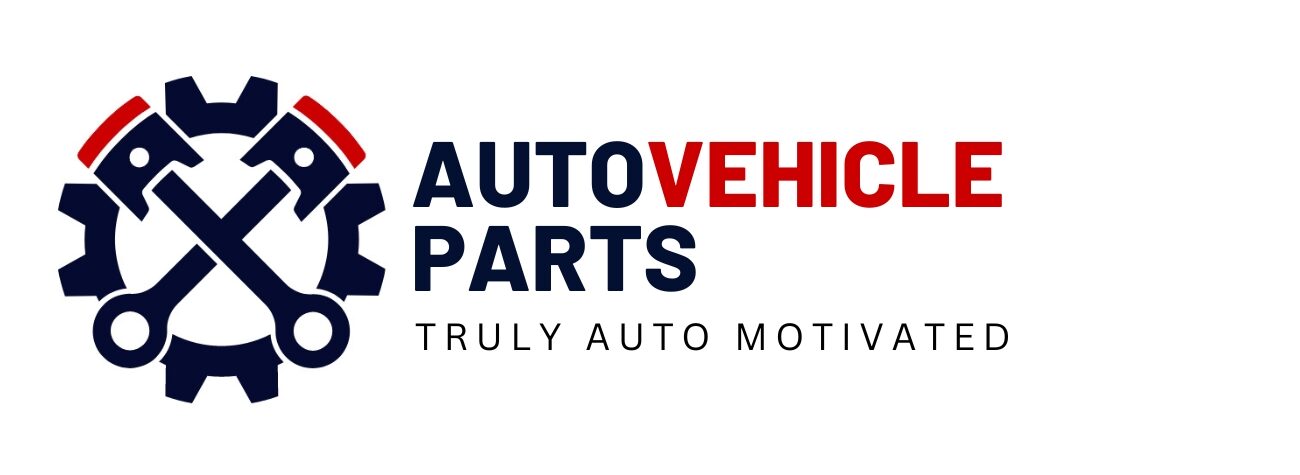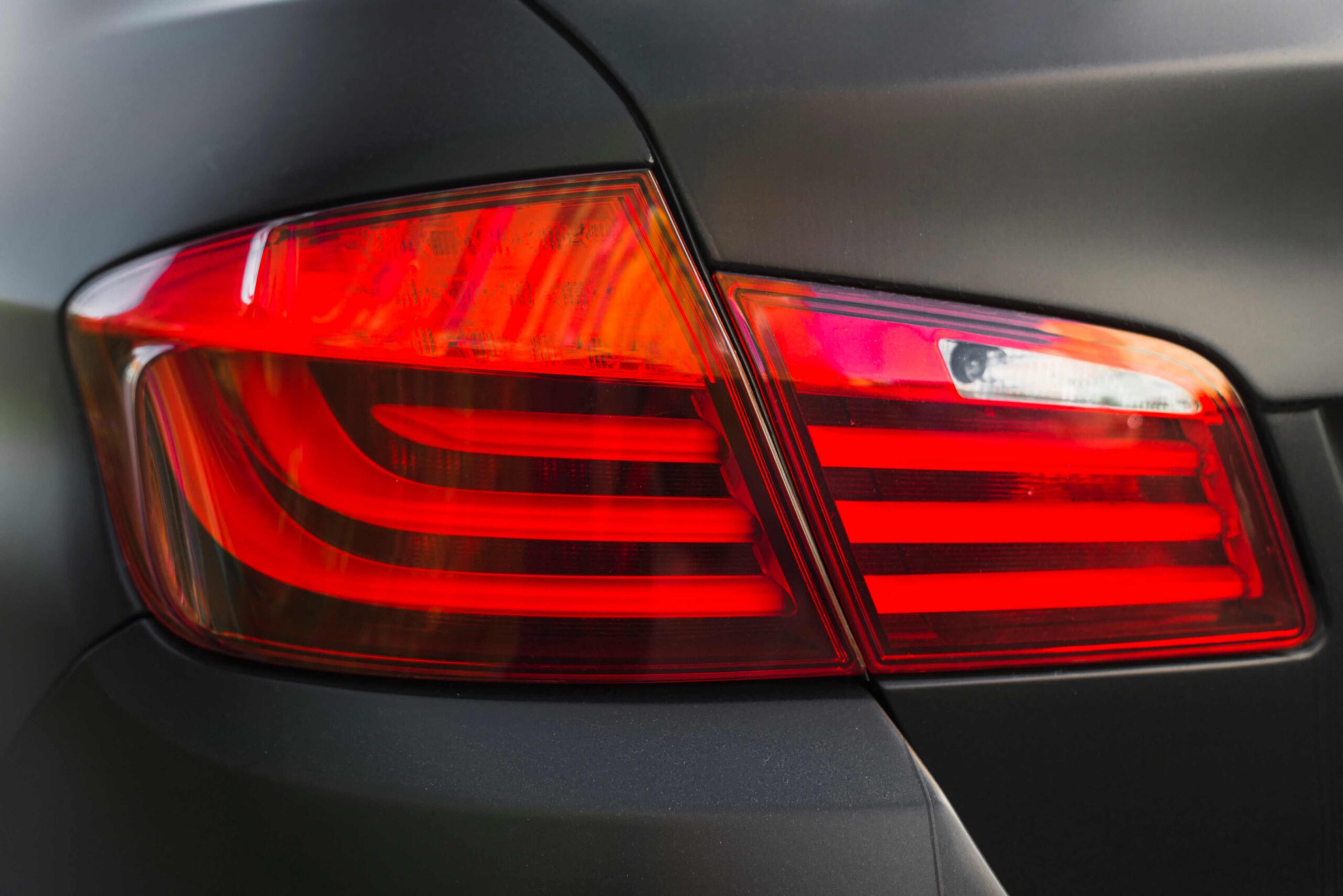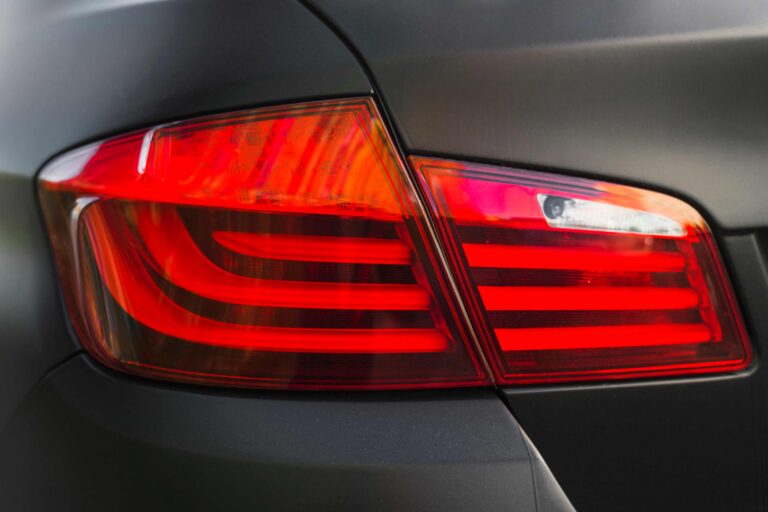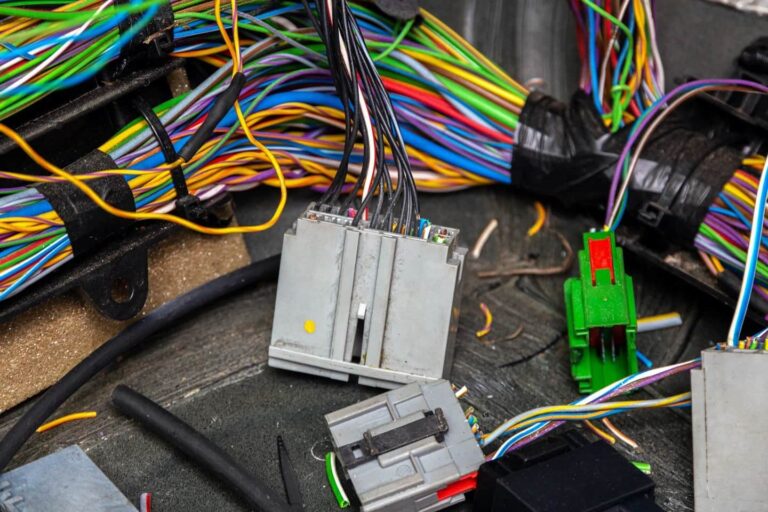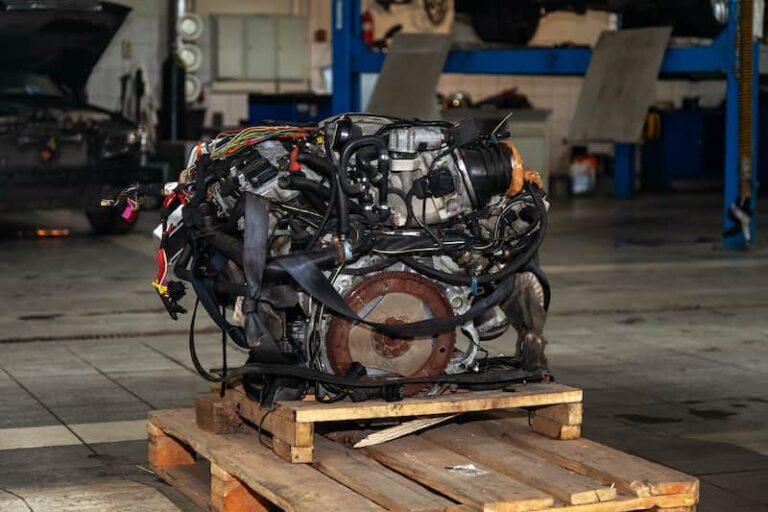One thing is certain: flat tires are a tremendous inconvenience, regardless of whether they were brought on by a wayward nail, a sharp rock, or any other danger. Being stranded on the side of the road is the last place you want to be! Even driving on a flat tire could seem like an enticing way to escape. Does it harm to drive on a flat tire, though? Find out in the sections below if you can drive with a flat tire and what information you need to have.
Table of Contents
ToggleDo You Need To Drive With A Flat Tire?
Driving on a flat tire is not advised. However, you can drive a short distance with a flat tire. However, doing so will only endanger your passengers and cause significant harm to your car. You can normally drive 50 miles at up to 50 mph on a ruptured tire.
In addition to drastically impairing your car’s handling, driving with a flat tire may result in structural damage to the wheel, brakes, Wheel alignment, and perhaps other parts, including your suspension system. It could be tempting to “limp” your car to the closest repair facility, but doing so will probably result in you having to pay for much more than just the tire to be fixed.

Flat Tires: What to do?
Firstly, moving safely to the side of the road will allow you to properly address the issue.
Next, you can either use your spare tire to fix the flat tire.
The last option can be an emergency sealant to patch any punctures. However, it’s important to keep in mind that emergency sealants normally only patch tires with holes that are a quarter-inch or smaller. If your tire is destroyed, blown out, or has a significant puncture, it won’t be of any assistance.
Replacing a Flat Tire
To ensure safer and more effective work, you must follow a few steps when changing a flat tire with a spare. You can use either your front or rear tire with these steps.
Step 1:
Pull over to the side of the road that is safe if you opt to change your tires rather than continue. A warning sign should be placed to let approaching motorists know you are in a critical situation.
Step 2:
Make sure you have tools. To change a tire on your car, you’ll need
- Jack
- Spare tire
- Tire iron
Step 3:
Remove the lug nuts. Remove lug nuts from the wheels using a tire iron.
Step 4:
Elevate the car. Place the jack underneath the metal portion of your car to raise it. Keep it away from the plastic frame.
Step 5:
By loosening the lug nuts, carefully remove your tire. Make sure to store the lug nuts securely in a box. After that, pull the tire in your direction to remove it.
Step 6:
Place the spare tire carefully, then use your hands to position the lug nuts, but don’t tighten them just yet.
Step 7:
Gradually lower your car. As the tire slowly reaches the ground, lower your car and tighten the lug nuts.
How Can a Flat Tire Be Avoided?
Mostly because of wear and tear, tires are vulnerable to getting flat. There are numerous ways to avoid getting a flat tire since prevention is preferable to treatment.
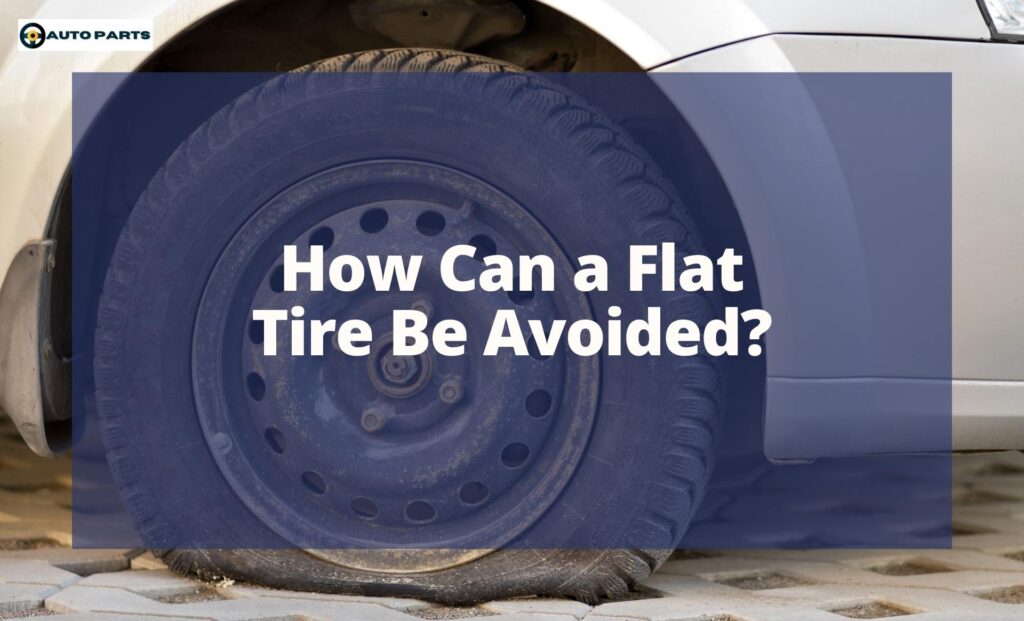
Check tire pressure frequently – Regularly check your tire pressure because a drop in pressure can greatly increase the likelihood of a tire puncture.
Check the weight your automobile can support – Every car has a maximum weight limit. Keep your tires secure by adhering to the advised capacity.
Rotate your tires – To keep them durable, rotate them every 5,000 to 6,000 miles. It’s also a terrific way to examine your tires’ general condition.
Check your brakes – Your wheels and brakes are inextricably related, and improperly adjusted brakes can eventually cause tire wear. It is something that a mechanic can do for you with ease.
Drive carefully – Be cautious of potentially dangerous road conditions or roadside debris since they might harm your tires. Your tires run the risk of puncture if you drive off-road on wheels that aren’t designed for the rougher terrain.
Flat Free Tires
Consumers have become more interested in flat-free tires as they get more dissatisfied with the frequent flat repairs and maintenance requirements connected with pneumatic tires. Pneumatic rubber tires have a number of limitations. The performance of a pneumatic tire depends on maintaining the correct air pressure.
The pneumatic tires‘ construction is fundamentally different from that of the flat-free tires. This tire is made entirely of urethane foam. Thus it does not require air to be added to it. It indicates that the tire will never go flat because the foam is solid. Therefore, the moniker is “flat free.” That said, because this tire is constructed of foam rather than rubber and air, mobility problems could start to arise with it.
Buy best used auto parts from Auto vehicle parts at slashed prices. We are the leading website in the USA offering genuine aftermarket used parts with doorstep delivery.
